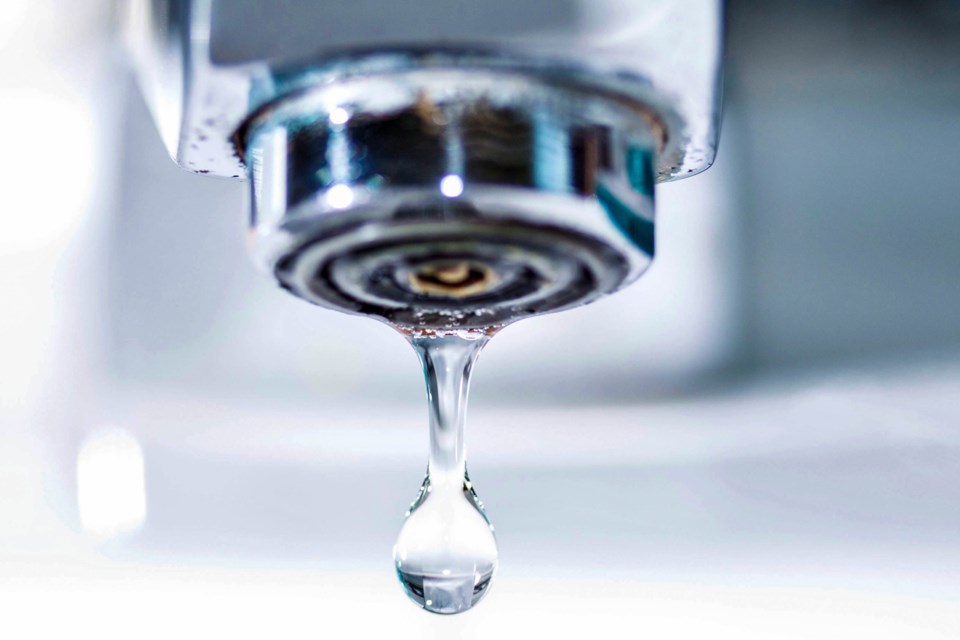OLDS - Nothing needs to be done to the town’s drinking water system in order for it to meet the province’s new maximum lead levels, says the town’s operations director.
The provincial government is adopting Health Canada’s new lower maximum acceptable concentration for lead of 0.005 milligrams per litre of drinking water. The level was lowered from 0.10 milligrams in March.
Starting Jan. 1, 2020, operators of waterworks systems with Alberta Environmental Protection and Enhancement Act Approval and Registration authorizations will have five years to develop and implement a required lead management program.
Olds already meets the lower lead level, said operations director Scott Chant.
“The new guidelines being .005 milligrams per litre of lead in the drinking water, our actual last test was less than .0005 of lead in the system. So we’re way under the current limit, so Olds is in really good shape for that,” he said, adding the test was conducted this past summer.
Under the town's existing licence, the waterworks system must be tested once a year for lead, said Chant.
According to Health Canada, the toxicity of lead has been extensively documented in humans, based on blood lead levels (BLLs).
Effects that have been studied include reduced cognition, increased blood pressure and renal dysfunction in adults, as well as adverse neurodevelopmental and behavioural effects in children. According to Health Canada, the strongest association observed to date, is between increased BLLs in children and reductions in intelligence quotient (IQ) scores.
Health Canada documentation also states that inorganic lead compounds have been classified as “probably carcinogenic” to humans, based on findings in experimental animals.
Lead is usually found in drinking water as a result of leaching from distribution and plumbing system components. Historically, lead has been used extensively in service lines, solders and fittings, making its presence in drinking water more likely in older homes and neighbourhoods.
Chant said most of the town’s early waterworks system was put in in the 1950s, when copper pipes were the material used.
“So it’s a good relief for us that we know we could go to the real old part of town and don’t have to rip everything up. It’s a huge problem for some of these cities like Montreal and how old it is and how costly it will be to get rid of that,” he said.
In municipalities with older systems, Chant said lead pipes would have been the material of the day.
Aside from pipes, he said other pieces of the town’s waterworks system are also lead-free.
“For the past decade we’ve been using lead-free fittings in that piece, taking it upon ourselves knowing this was coming down the pipeline so to speak,” Chant said.



